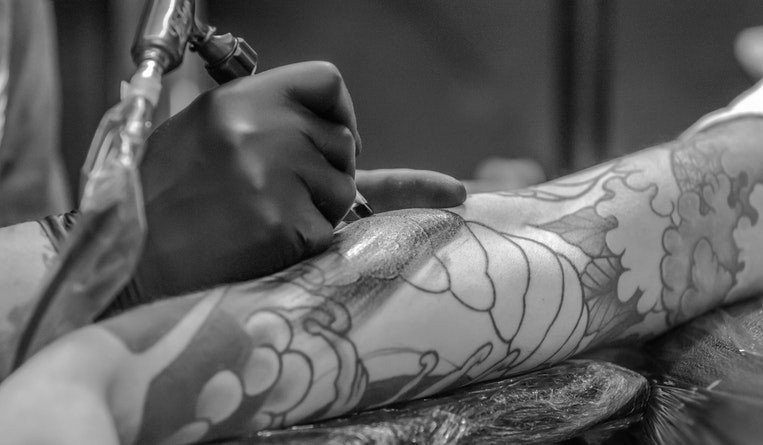Clothing apparel holds release of "Python" design
04 January 2021

After a Memorandum of Agreement between one of the Philippines’ primary tattoo artist, Whang-od, and a clothing line apparel, the National Commission of Indigenous Peoples (NCIP) asked to hold the release of the latter’s “python” design to the market.
Although the patterns and the name 'Whang-od' or 'Kalinga' are not registered as trademarks, under the Intellectual Property Code, the community may file an unfair competition case against a company which uses the patterns in commerce without complying with Free, Prior, and Informed Consent (FPIC). This remedy is in addition to those found under the Indigenous Peoples Rights Act 1997 (IPRA).
But what if your tattoo is registered as a trademark?
According to Atty. Mark Robert Dy of the University of Cebu School of Law, if you wish to gain full protection of your tattoo pattern as a brand, you need to have it registered as a trademark for specific goods and services.
“Patterns may also be protected by registering them as industrial designs,” he says, “This will give you the exclusive right to use them on your products or packaging. Patterns that are sufficiently original may also be protected by copyright law. This may not be applicable to patterns that are entirely old and traditional but copyright may still protect new designs that are inspired by or derived from traditional patterns. Copyright protection is automatic and does not require registration in the Philippines.”

While tattoos and patterns may be protected as different types of intellectual property (IP), one has to comply with the basic requirements for each type -- originality for copyright, novelty for industrial designs, and good faith registration for marks.
“The challenge in dealing with the community intellectual rights (CIRs) of indigenous cultural communities (ICCs) is that these rights are treated differently under IPRA,” he says. “Traditional arts like tattoo patterns that are community-owned may not be exploited without the community's FPIC. Legal compliance usually takes additional time and effort compared to ordinary commercial transactions because one has to respect the customs and traditions of the licensing community. While the regular IP system implies that new is better and, thus, more valuable, indigenous peoples have a different understanding and experience of knowledge. To them, something that lasts and is shared across generations is the most valuable knowledge of all. Much of the world still struggles to understand this, but now we have more people paying attention.”
He adds that “in principle and on paper, the Philippines has always been at the cutting edge of indigenous peoples’ rights protection.”
“At the very core of State policy, the 1987 Constitution guarantees the rights of ICCs to their ancestral lands and their cultural well-being.,” he says. “The IPRA which predates the United Nations Declaration of Rights of Indigenous Peoples (UNDRIP) by ten years, provides a sui generis system to protect CIRs administered by the NCIP. The IPRA requires third parties to obtain FPIC before they can lawfully use CIRs. This is the same requirement echoed UNDRIP.
He adds, “The challenge for the government is to organize an FPIC licensing and clearance system that is user-friendly and simple so that the development goals of promoting creativity and opening up business opportunities for ICCs are not frustrated.”
Excel V. Dyquiangco






